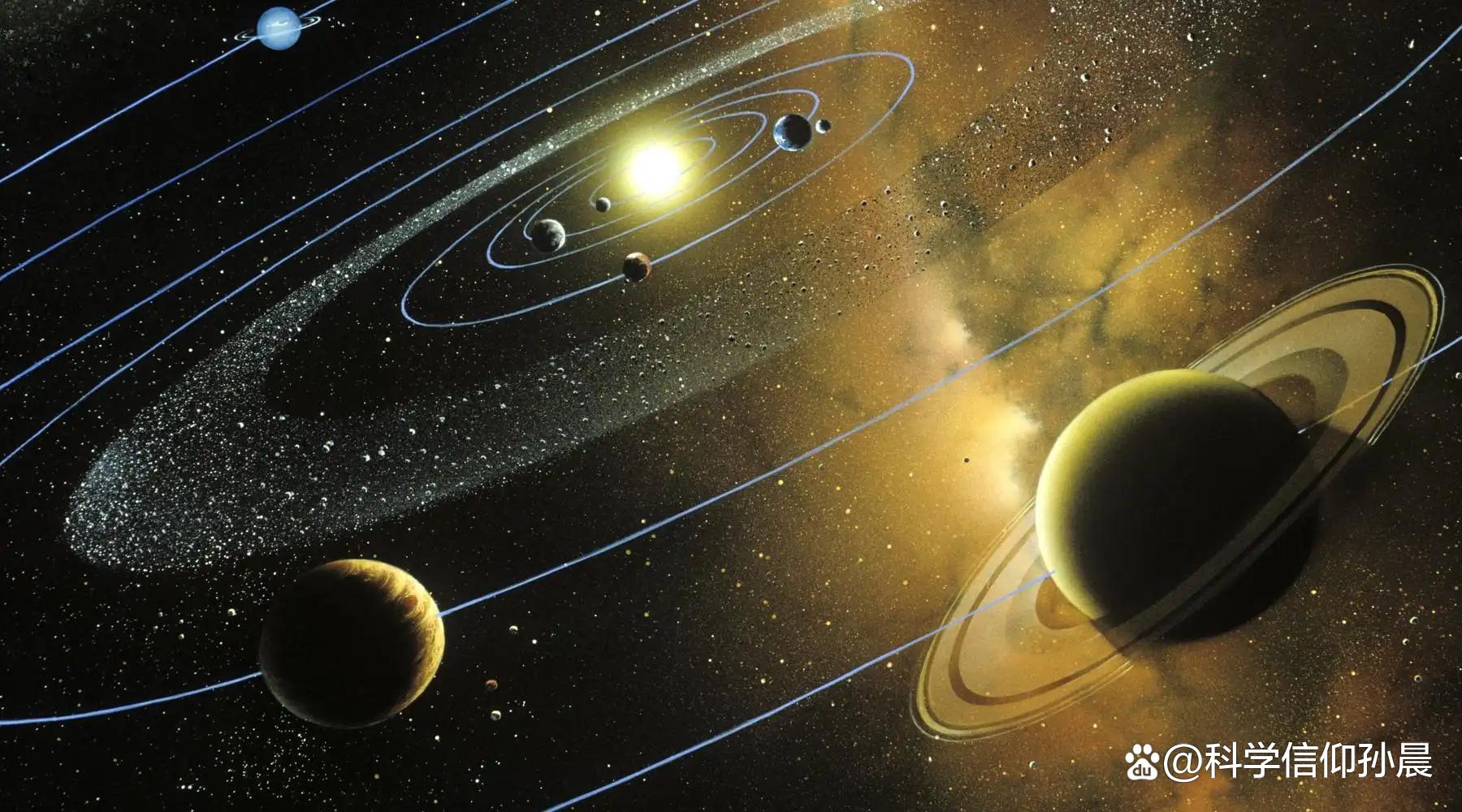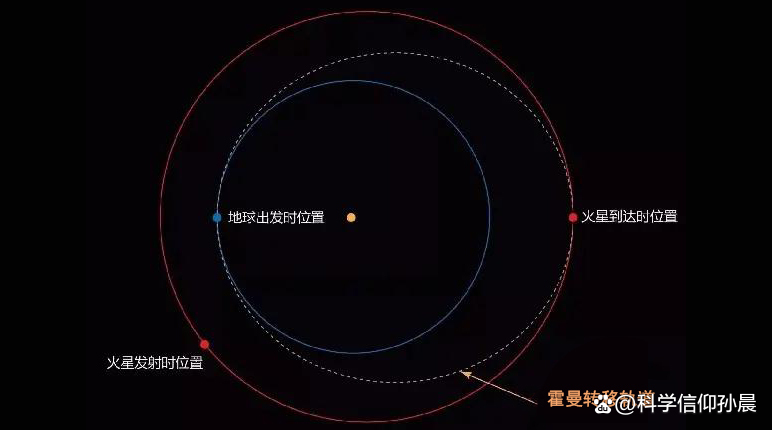Detecting the planet of the ground, is the detector flying along the line?Homan transfer orbit to learn about it
Author:Scientific belief Time:2022.06.16
In the "Geometry Original" by ancient Greek mathematician Ou Guli, such a axiom is recorded: the shortest line segment between two points is the shortest.
"Geometry Original" is the foundation of modern mathematics. "The shortest line segment between two points" is the point of view that everyone agrees. So when human beings launch a detector to other planets, do they also learn this axiom? Does the detector fly along the line? Among the vast universe, the distance between celestial bodies is very far away. The planet closest to the earth within the solar system is Venus. The distance from the earth is about 40.5 million kilometers. Obviously, this is a straight line distance. The straight line distance is so far away. If the road is around, when will the detector reach the destination? So it seems that the detector should indeed fly along the line, but this is not the case.

At present, all the spacecraft transmitted by humans are still chemical power, so when exploring long -distance targets, the most need to consider is not the distance, but how to save effort.
Any quality objects are gravitational, but the quality of the objects we touch on weekdays is too small, so it cannot be felt, but if the quality of the object is large to the level of the cosmic celestial body, the gravity effect is very obvious, such as Earth. Therefore, the process of launching a detector is actually a process of confrontation with gravity. To achieve a balance with the gravity of the earth, so that the spacecraft runs around the earth without falling. The speed must reach 7.9 kilometers per second. The speed of the first universe. To completely get rid of the gravity of the earth and let the spacecraft explore other planets, the speed of the second universe must be achieved, that is, 11.2 kilometers per second.

Now let's think about a question. If the speed of a spacecraft surpasses the speed of the first universe and does not reach the speed of the second universe, how will it exercise?
It still surrounds the earth, but its orbit is no longer a circular shape, but it will tend to ellipse. This oval orbit has obvious near and far locations, and the speed of the spacecraft, the faster the spacecraft. The more oval in the orbit, the farther the distance between the nearly place and the distant place. The increase in the speed of the spacecraft will make the track tend to ellipse from circular, remember this, and then we continue to talk about the following content. The earth moves around the sun, and on the outside of the earth, Mars is also surrounding the sun. In contrast, the orbit of the earth is a small circle, and the track of Mars is a large circle.

How can the detector run from the small circular orbit of the earth to the large circle orbit of Mars?
The simplest and rude way is to fly straight in the nearest distance when Mars and Earth are worn at the nearest distance. However, it takes a lot of effort to do so, which means that we must completely get rid of the gravity of the earth and achieve the speed of the second universe. Is there any effort? Yes, it is to use Homan to transfer the track. The Homan transfer orbit was first proposed by Ho Man, a German engineer Homan in 1925. At that time, the ability of humans had not flew to space. Today, nearly 100 years later, the aerospace detectors we launched are still using it. This theory. So what exactly is the Homan transfer track?

Suppose we have a spacecraft around the earth on the earth's orbit. At this time, what will happen to let this spacecraft speed up? Its orbit will change from circular to oval.
We know that the faster the speed of this spacecraft, the more oval in its orbit, the farther away from the earth, and when the oval is oval enough, its distant location will be cut with the Mars orbit. However, this does not mean that this spacecraft will go to the Mars orbit. If we don't care about it, it will still come back after reaching a distance from the distance from Mars. How can we keep it on the Mars orbit? It is to accelerate again when it is cut with the Mars orbit, so it can run over and run around Mars. Of course, all this has a prerequisite, that is, when the spacecraft's orbit is cut with Mars orbits, Mars happened to be in the same position.

In fact, it is not difficult to ensure that Mars is just running to the same position. It only needs to be determined by simple calculations.
The rotation cycle of the earth is 365 days, and Mars's rotation cycle is 687 days, so calculations can be seen that such a rail transfer timing can appear every 780 days. Now you understand why the time for each country to launch a Mars probe is more concentrated, because once the timing of launch is missed, it will have to wait more than two years to have the opportunity to launch. Originally spending a lot of energy to push the spacecraft to the second universe, you can go to Mars. Now you only need to use this oval Homan transfer orbit for two accelerations. High energy.
- END -
[Cai Zhi Headline] The shipment volume drops sharply by 18%!Why can't young people change their mobile phones?

Recently, the latest data released by Canalys showed that the performance of the s...
Astronauts have settled in the "Space Home" of China Space Station for a year!

Today, a year ago, China Space Station ushered in the first batch of Chinese astro...